|
GASPP stands for Grootvadersbosch Aquatic Species Project and is a project that supports long-term monitoring of data (such as river flow, fish sampling, water quality, SASS) of the Grootvadersbosch rivers, which include the Tradouw and other smaller tributaries, Grootvadersbosch rivers, and Buffeljags River. We've been working on this project for three years, and we're grateful to our funder, Table Mountain Fund for supporting this work. CapeNature has also been an important partner as they have offered important assistance through input from aquatic scientists Dr Martine Jordaan and Jeanne Gouws. They have both been very willing to help us with monitoring and training. Freshwater river systems have a high level of biodiversity, and our river systems are truly unique. The Cape Fold Mountains Region (CFR) has clear cool temperate acid water streams in general, and some of our freshwater fish and other residents are highly endemic and distinct. The conservancy is monitoring sites, connected to the Tradouw river and other smaller tributaries, Grootvadersbosch river and Buffeljags river. One of the key goals of the project was to build capacity for long term monitoring. This has been a resounding success as all four of our staff who undertook training for SASS are now accredited. The South African Scoring System (SASS) is a rapid bioassessment technique based on one component of riverine biotas, the benthic macroinvertebrates. Each taxon is assigned a tolerance/sensitivity score, which are summed to provide a Total Score. This allows us to measure the health of our rivers. Well done to Aileen Anderson, Goliath Highburg, Ricardo Januarie and Zaniel April who completed the training and are now SASS accredited. Click here to Read the SASS training blog that we did at sass-5-training.html Read our previous blog about the adventures we had last year with this entire project at busy-times-fun-times-with-gaspp-week.html . Human activity has altered our natural environments. In our Valley and surrounding areas, we have committed ourselves to protect endangered wildlife that we cherish. Other factors such as climate change, population growth, alien invasive species, and water abstraction have all had a negative impact on our river systems and the species in them. We are doing all we can to work with partners, as well as other conservation organizations such as CapeNature, to protect our resources and biodiversity. Environmental education is also one of the aspects of GASPP. We work with the communities of Suurbraak, Barrydale, Buffeljagsrivier, and Heidelberg to promote awarness. Donnovan Julius, a local artist, assisted in painting a series of murals in Barrydale at Net vir Pret, Mullersrus Primary School, Klein-pikkewyne preschool in Heidelberg, and at the Suurbraak camping site, involving many children in the community. These murals were painted to raise awareness of our freshwater fishes and to protect them, as well as to emphasise the importance of biodiversity and the harm that pollution causes to our beautiful environments. With such initiative, we hope that our local community will also take on the challenge of protecting and respecting their natural resources. We've done some other activities with the kids, such as miniSASS and talks about freshwater fish. read a blog that we covered on that at environmental-education.html. SASS 5 SASS 5 provides a means to assess the quality of a river at a specific time. Some of our rivers are impacted by land use changes and abstraction but many are still in a very good condition. Many are home to very sensitive species. The sites in more natural environments house sensitive macroinvertebrates. We have also found many SWC endemic insect families that thrive in the naturally acidic and tannin-stained waters of our rivers. We are now planning to do regular SASS monitoring, especially in sites where we are planning to do alien clearing to see the impacts and to see if there is any change over time. We already have three years of data across over 30 sites so we have a very interesting picture of our river systems. Freshwater fish Most indigenous fish have had their distribution ranges severely reduced over the years. The indigenous freshwater fish that we usually see in our rivers are mainly the Cape galaxias (Galaxias zebratus), Cape kurper (Sandelia capensis) and the Breede River redfin (Pseudobarbus burchelli). These are just the indigenous fish that we have encountered while doing our river monitoring. Habitat destruction and water abstraction are the most serious threats facing freshwater fish. However, alien invasive plant and invasive animal species are also a serious problem for our freshwater habitats. Alien fish invasion is a massive threat that is difficult to reverse. The invasive fish that we see in our rivers systems include the Banded tilapia (Tilapia sparmanni), The Sharptooth catfish (Clarias gariepinus). We also see the Bluegill sunfish (Lepomis macrochirus Rafinesque) as well as our Longfin eel (Anguilla mossambica) these are the invasive fish that we have encountered while doing monitoring at our sites. Freshwater scientists from SAIAB (South African Institute for Aquatic Biodiversity) visited us in April this year, to do a talk in the community of Barrydale to discuss what is found in our rivers as well as the importance of safeguarding the Breede river redfin. We also enjoyed the opportunity to do monitoring with these leading freshwater scientists. We had a wonderful time and it was such an intriguing conversation. We are continuing with our monitoring to better understand the distribution of fish in our systems and the main impacts that they face. FBIS (Freshwater Biodiversity Information system) Reliable information is needed for the management of our freshwater systems. At the conservancy we have adopted FBIS (Freshwater Biodiversity Information System) which we were introduced to by Helen Dallas from the freshwater research centre. FBIS is used to host, visualize, and share freshwater biodiversity for South African Rivers. We have integrated the data we previously collected, such as SASS and freshwater fish data, into FBIS in order to generate graphs, compare, and evaluate the quality of our rivers. It is a very helpful database. We greatly appreciate the assistance from Helen Dallas in using FBIS. FBIS provides a dashboard that indicates when SASS is complete and includes graphs that demonstrate how the water quality has changed over time. With the fish data there are also graphs which shows the fish that we found throughout the years.
We did not know much about FBIS until Helen showed us where we can store our data and share it on one platform. We found it quite challenging to get used to the platform and to combine all the data from three years of monitoring into one platform. However, we are very pleased that we have been able to integrate all the data so that we know we have one integrated platform to share and analyse data. References Dallas, H. and Rivers-Moore, N., 2022. A protocol and tools for setting environmental water temperature guidelines for perennial rivers in South Africa. African Journal of Aquatic Science, pp.1-16. Ellender, B.R., Wasserman, R.J., Chakona, A., Skelton, P.H. and Weyl, O.L., 2017. A review of the biology and status of Cape Fold Ecoregion freshwater fishes. Aquatic Conservation: Marine and Freshwater Ecosystems, 27(4), pp.867-879. Skelton, P.H., 1993. A complete guide to the freshwater fishes of southern Africa.
0 Comments
Your comment will be posted after it is approved.
Leave a Reply. |
AuthorGVB Conservancy Staff Archives
May 2024
Categories |
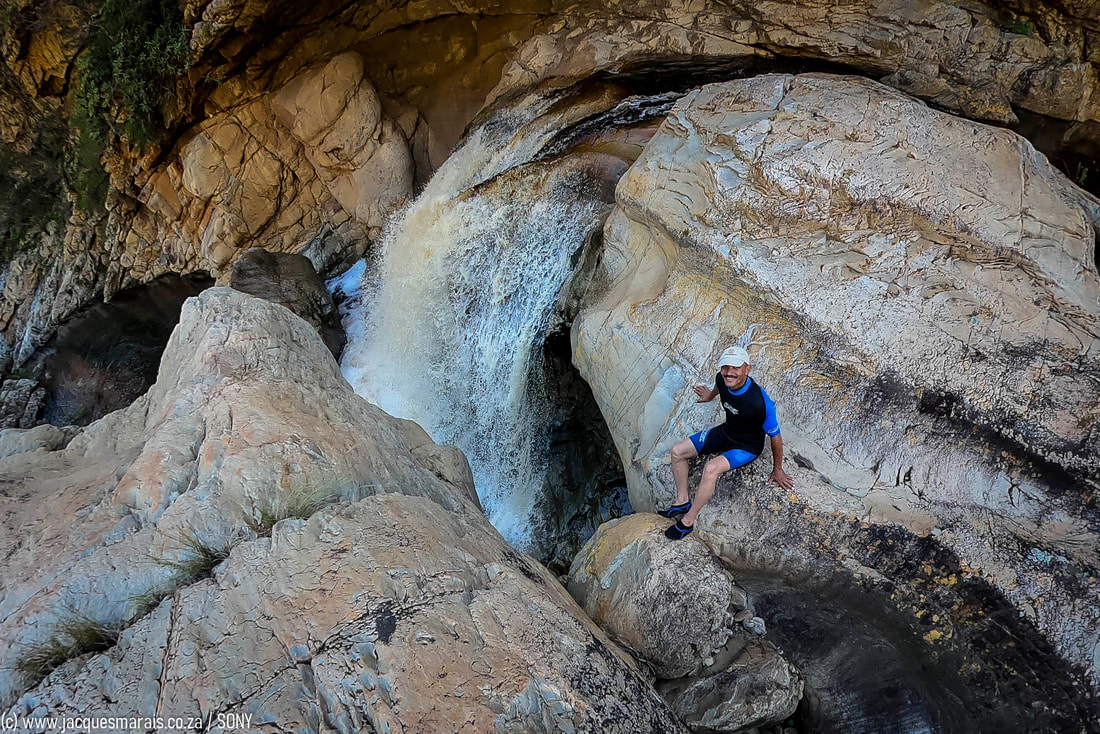
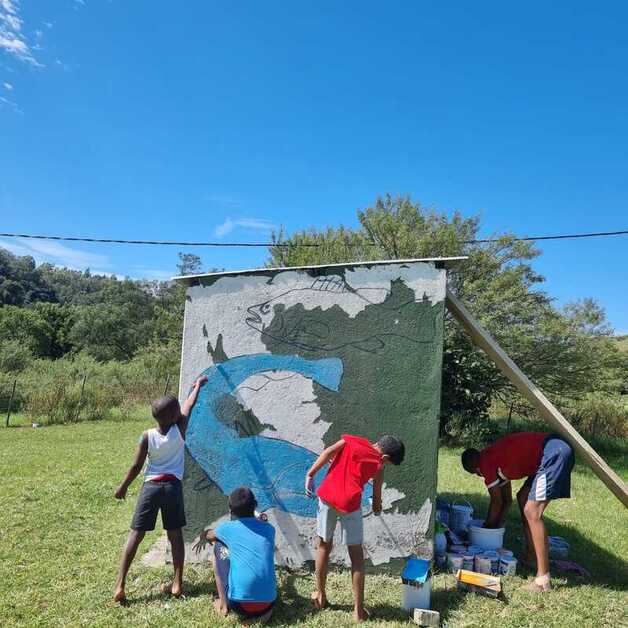
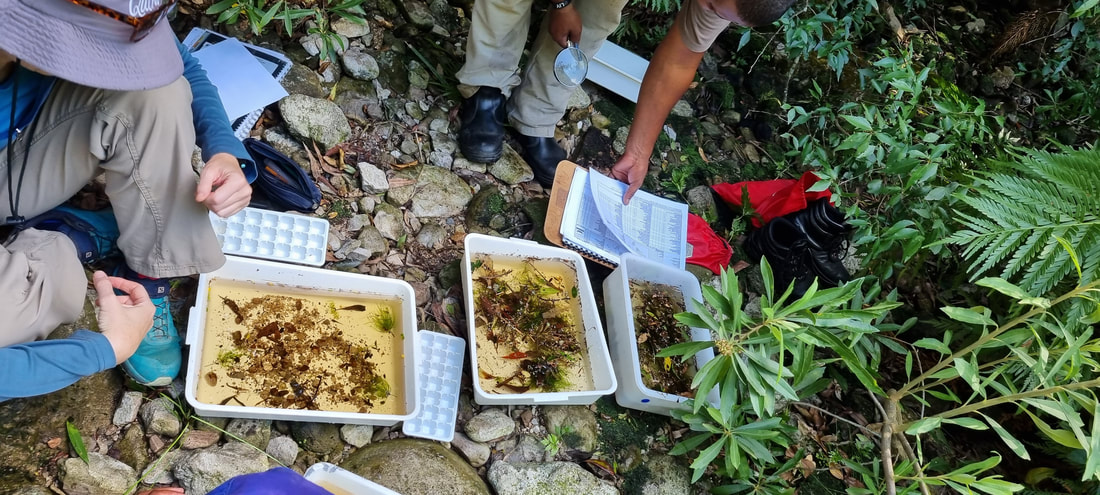
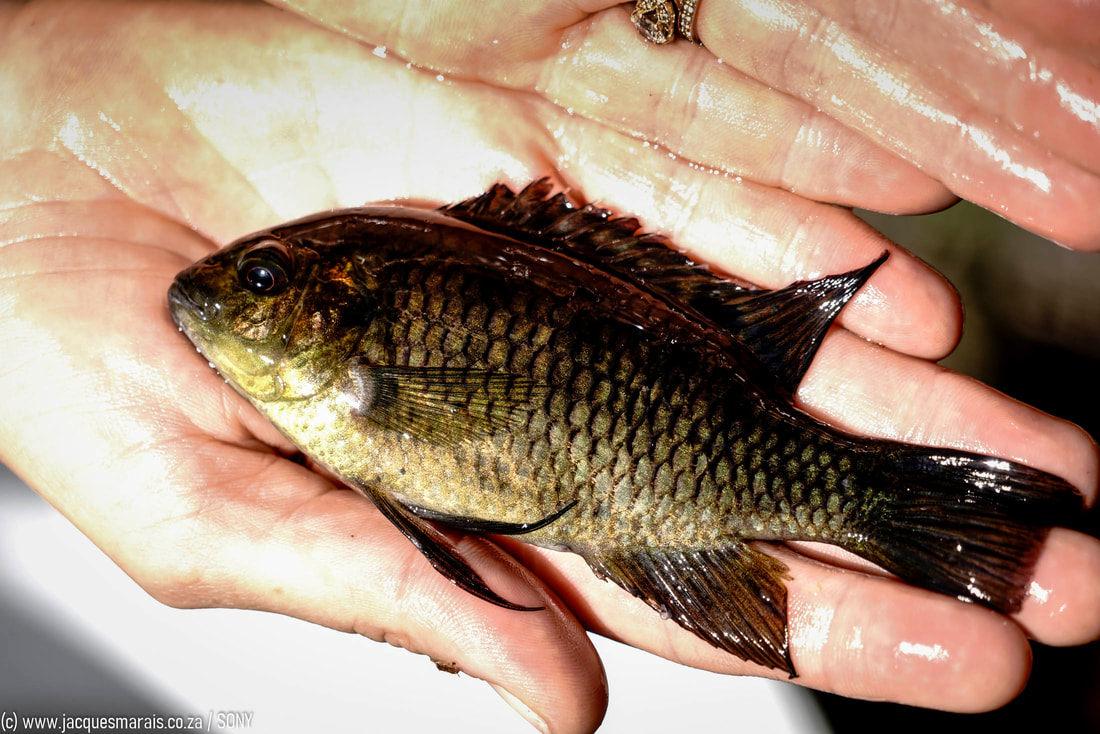
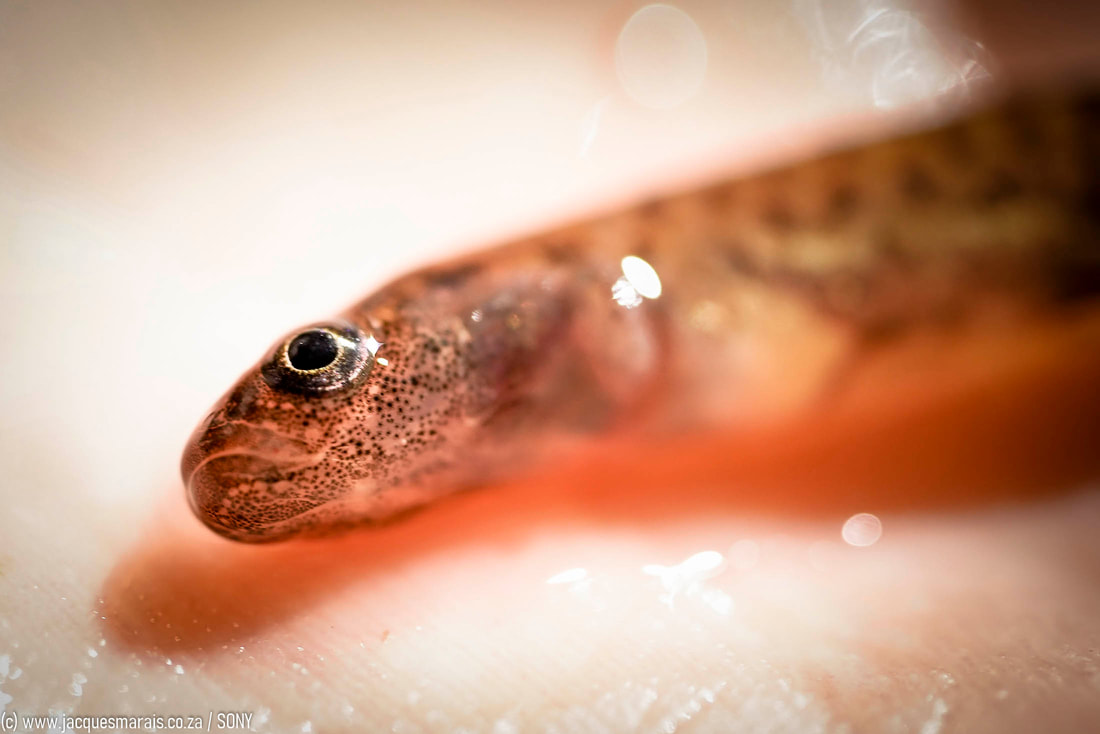
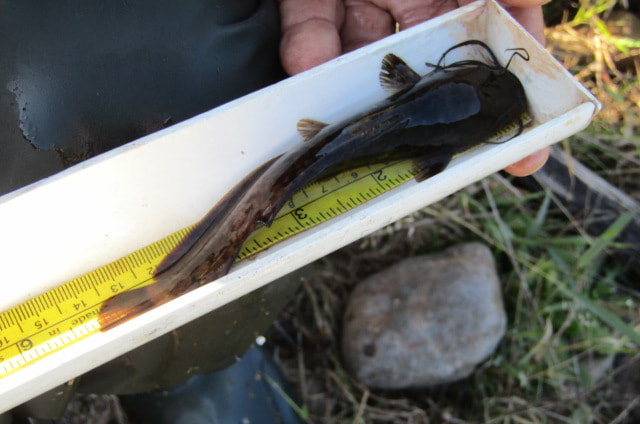
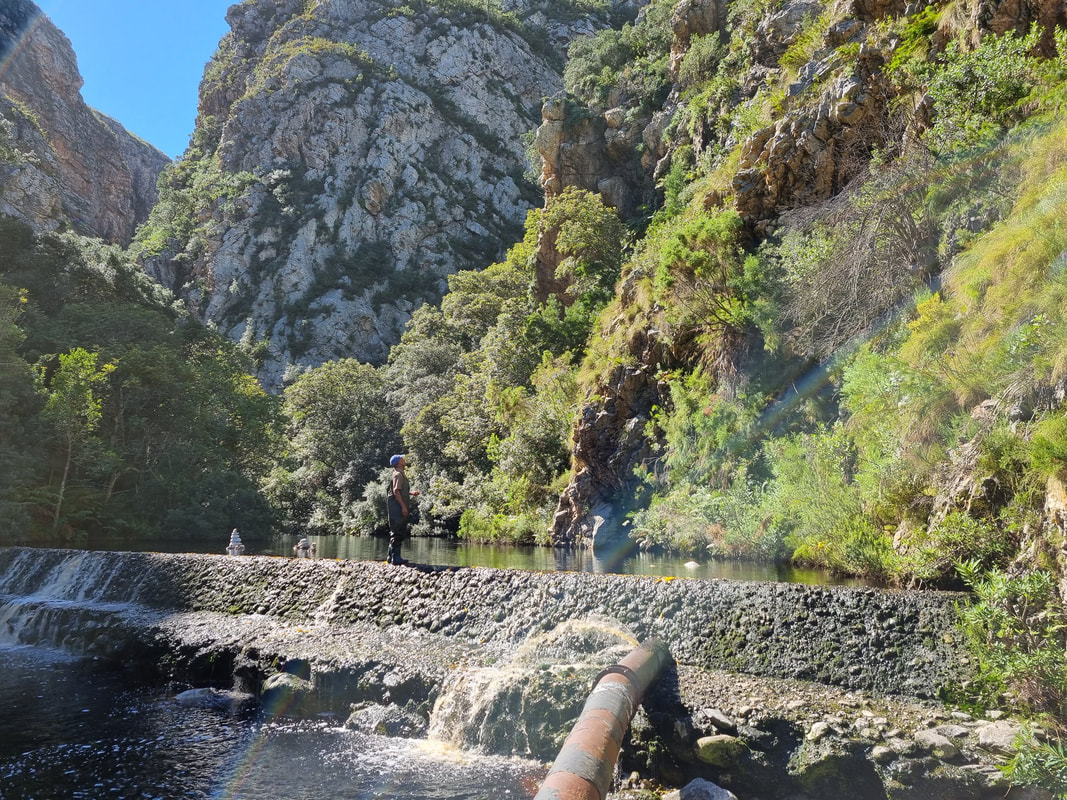
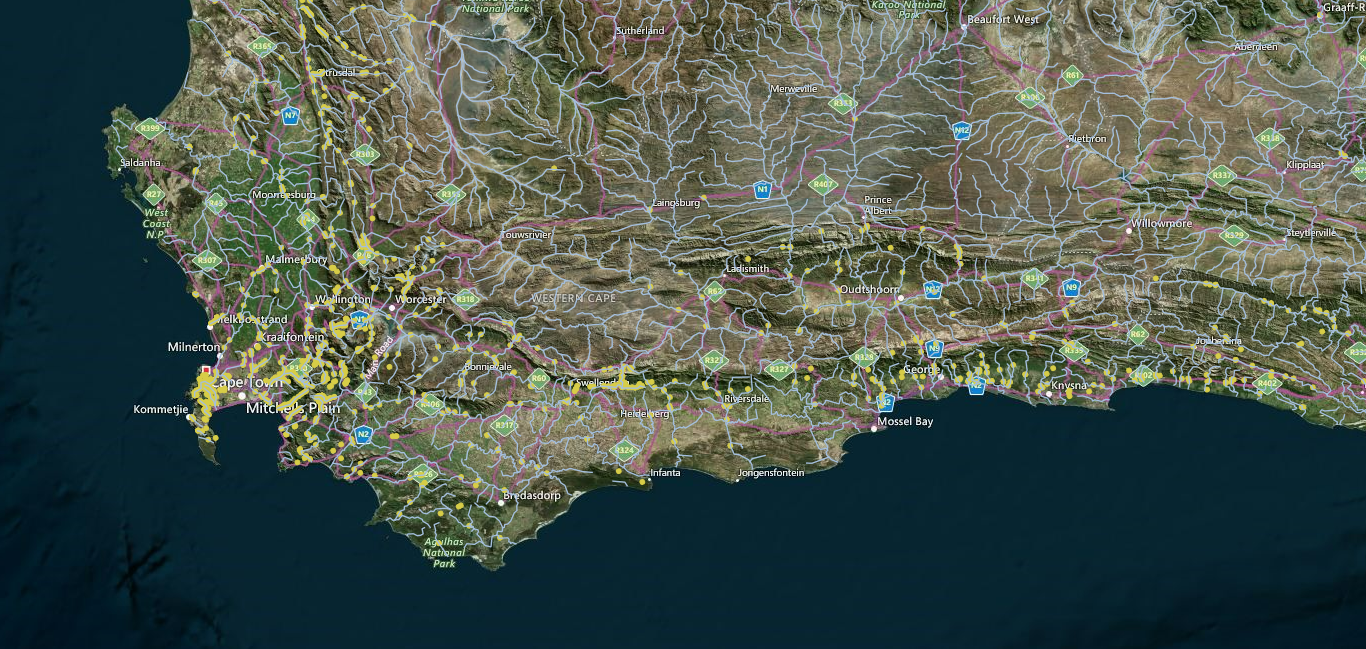
 RSS Feed
RSS Feed






